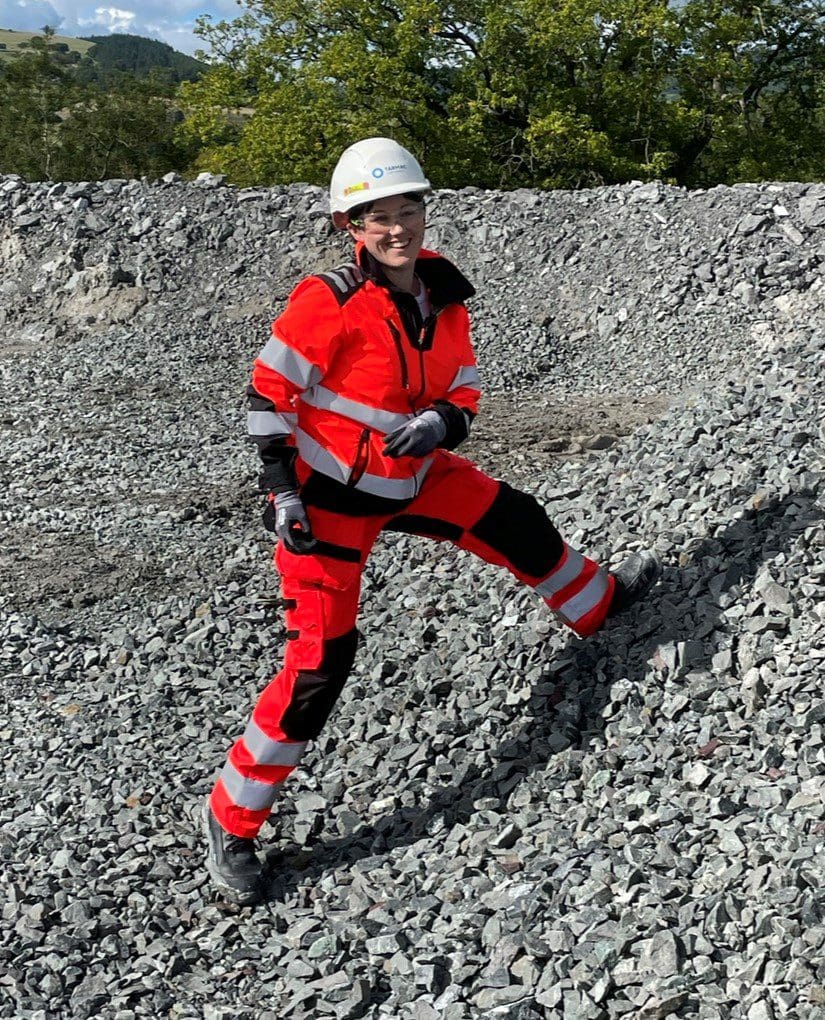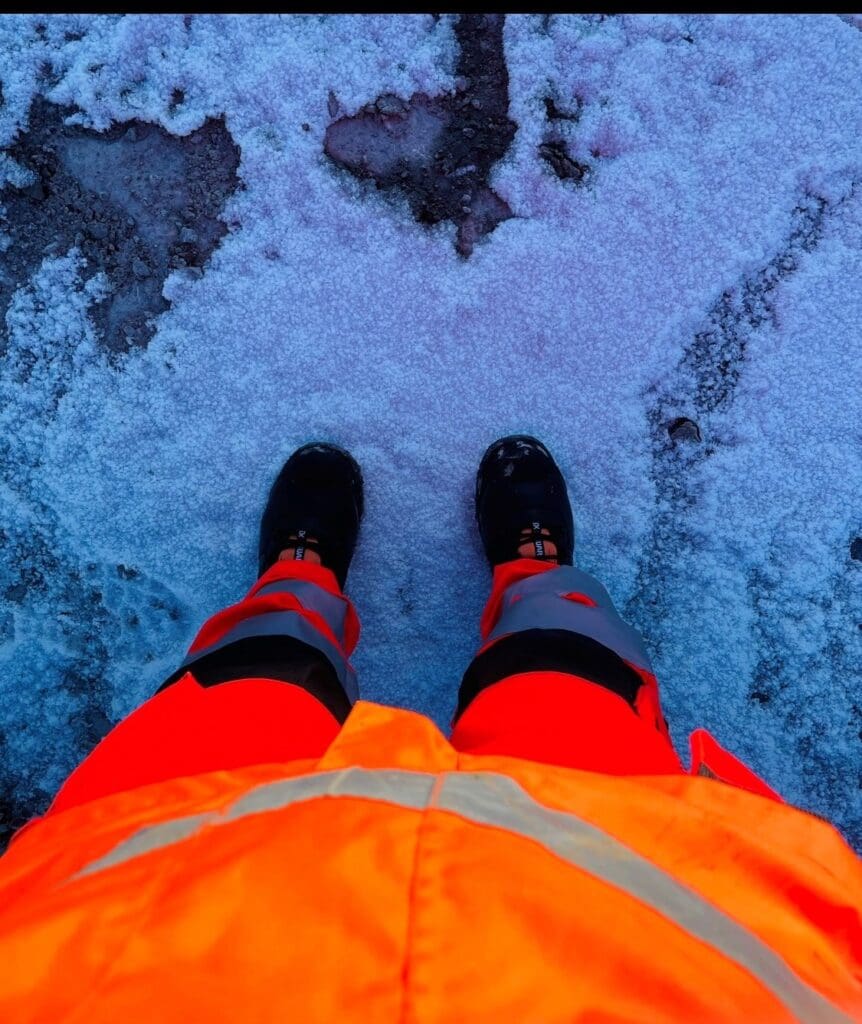Why PPE needs to be designed with Diversity In Mind
How much of an impact does Personal Protective Equipment (PPE) have on your day at work? This article focuses on diversity in PPE for underrepresented groups in engineering.
Katherine Evans is a Mining Geologist and the founder of Bold as Brass, a LinkedIn group for women to support each other. She has worked in various locations in the UK, Canada, North Sea and North Atlantic.


The impact of PPE on your day at work
The impacts of poorly fitting Personal Protective Equipment (PPE)
Do you realise how much of an impact your PPE (Personal Protective Equipment) has on your day?
If your answer is yes, you may well be someone from an under-represented group in engineering. You’ll be nodding and agreeing. You’ll be thinking yes, every time I put the stuff on it makes my working life difficult.
If you are lucky enough to have well-fitting PPE that’s been designed for your body type, then you might never have thought about this.
But now you have thought about it, if you’re an open minded individual, with a growth mindset you’ll be thinking tell me more!
Feet
I’ll start at our poor little feet.
That’s because we all know when you have wet, cold, or rubbed feet, it can be hard to focus on work when your feet are hurting with every step you take. Until you can do something to make your feet happy again.
Boots that don’t fit properly will create short term pain, blisters, rubbing, and a huge distraction from the wearer’s surrounding environment. For a diabetic wearer this could lead to much more serious problems and even to the amputation of lower limbs.
If boots are too big then the risk of tripping increases.
This is even more of a trip hazard when women wear male fit boots due to the increased width of men’s feet and ankles. It’s very difficult for women to tie men’s boots tight around their narrow ankles, even more so when they are internal metatarsal.
Did you know boots that are too high on shorter legs can result in twisted knees?
Did you know women are more likely to develop knee issues because of the angle the hips leave the pelvis?
Well, when they then wear footwear that gives them an unstable base the risk of knee injuries increases.
If ACL and how women land interests you, then read:
Why Female Soccer Players Are at Higher Risk of ACL.


Trousers as Personal Protective Equipment (PPE)
Next, moving on to trousers.
Too long a leg length is an obvious slip hazard, but did you realise if you roll up the leg of high visibility garments you could be reducing its high visibility classification (UK) and breaching your safety rules?
Trousers that are too long mean pressure is applied to the seams in places that haven’t been designed to withstand it. This results in tearing of the material and stitching. So, off they go to the bin just to be replaced by another pair of poorly fitting trousers.
In trousers which are too large overall, or the legs are too long, then the crotch position may rub on in the inner thigh. Or the trousers may need to be adjusted/picked up and held each time the wearer climbs a ladder. Climbing ladders, one handed seems like an obvious safety risk.
Trousers that have not been designed for women’s body shapes don’t consider women’s waist to pelvis to thigh ratio. By choosing trousers designed for men (or unisex, which is also designed for men) women have to decide whether they want either:
a gaping waistline that falls down without a belt but hips that fit;
or a fitting waistline but trousers that inhibit squatting, lunging, getting up and down off the floor, even climbing into a 4×4, and ultimately slows the wearer down.
Again, I see an obvious safety risk emerging.
Menstruating wearers of poorly fitting PPE will struggle with the waistband at points of their cycle. The uterus, normally the size of a pear, increases by 10-15% when fully saturated with blood. So, all of that surrounding tissue has to go somewhere. When your waistband is tight before your period it’s going to be really tight during your period when you’re experiencing a myriad of other pain.
The long-term issues of wearing poorly fitting Personal Protective Equipment (PPE)
Above I’ve covered nothing but trousers and boots. I haven’t even mentioned the mental exhaustion that comes from trying to concentrate on being inside a major hazard all day with the pain and the discomfort. Or what it’s like on your whole body to adapt to a new limited range of movement.
I haven’t mentioned how that distraction stops you from carrying out your job to the best of your ability or makes you hang back, appearing lazy.
Conclusion
So, when we say there aren’t enough women making it to senior levels in industry perhaps, we could go right back to the beginning and level the playing field with gender-based equity in PPE. Maybe, just maybe we’ll see an improvement.




Responses